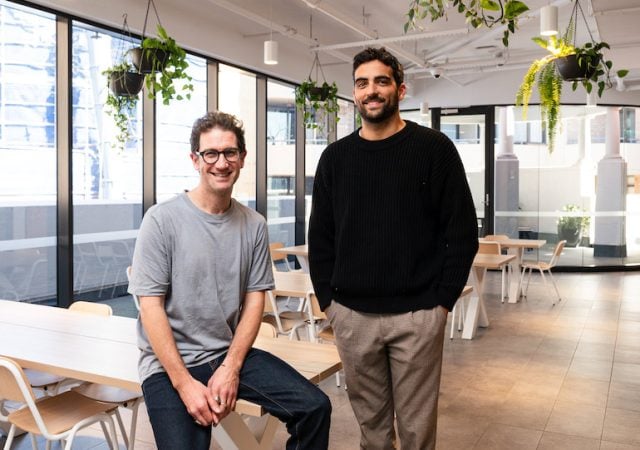The goal of customer research at the earliest stages of a startup journey is to help us validate/ invalidate the assumptions we have made when believing we that we know what customers want.
Chances are, in the first few years, your tech startup is more based on a hypothesis than the satisfied paying customers you’re adding each month. So if you’re to be successful in selling a product to a customer, it’s critical to understand what problems customers really have, and how they currently solve those problems.
Now, you could just call, make an appointment, and ask a customer whether they will buy your product, if it weren’t for two problems:
- Customers lie; and
- Customers often think they don’t want your product, they just want a ‘faster horse’.
Customers lie because, whether you meet them in person, on the phone or over the internet, you probably seem like a nice person. And they are probably a nice person too.
Telling you they don’t have the problem you focus on, or telling you they don’t want to buy your product would disappoint you. And nice people don’t like to disappoint other nice people.
Many nice people really like being interviewed for customer research; it makes them feel important, like they are helping you define a better product that will more closely meet their needs.
Most people like doing this so much, many of them will happily spend a couple of hours in a focus group research lab for a few slices of bad pizza and some drinks when they could be at home watching reality TV.
And that, unfortunately, leads to ‘feature creep’. Customers who don’t want to disappoint you, or customers who feel important because you’re asking their opinion, will give you lots of ideas for making your product better, and they will assure you that they will buy your product, just as soon as you add all those features.
Which leads you to a product like “The Homer” – a car with too many features, which nobody wants to buy.
In customer research, the truth is out there, but it’s buried deep. In order to get there, we need to develop our investigative skills and a thicker skin.
Here’s a great methodology for getting to the truth of what’s really going on for the customer you’re speaking to, and where the really valuable problems are to solve in their business.
- Ask them, “if I could solve one problem for you right now, what would it be?”
- Ask them “why?”
- Whatever their answer is, ask them “why?” again.
- Whatever their answer is, ask them “why?” again.
- Whatever their answer is, ask them “why?” again.
- Whatever their answer is, ask them “why?” again.
On average, the truth is in the customer’s answer to the fifth time you ask “why?”.
And if you can solve that problem, you may find some or all of the upper-level problems fall over like dominoes too.
Q: If I could solve one problem for you right now, what would it be?
A: It’s 2pm on a Friday at the end of the month, I’m giving up 10 minutes of my time to talk to a startup founder, and I’m worried that we won’t get our monthly invoices out on time.
Q: Why are you worried you won’t get them out on time?
A: It happens most months – we have this mad scramble on the last day of the month to get invoices out.
Q: Why do you have a mad scramble on the last day of the month?
A: We have to wait for the timesheets to be signed off by the director of consulting services before we can turn them into invoices, and they are always late.
Q: Why are they always late?
A: Because all the consultants leave their time sheets until the last minute because filling in timesheets is a lot of non-billable time that takes them away from their billable consulting hours.
Q: Why is completing timesheets a lot of non-billable time?
A: I guess because it’s a manual process that they can forget to do, or postpone.
…OK, now there’s a potentially valuable problem to solve.




















Trending
Daily startup news and insights, delivered to your inbox.